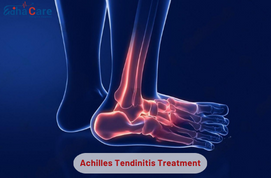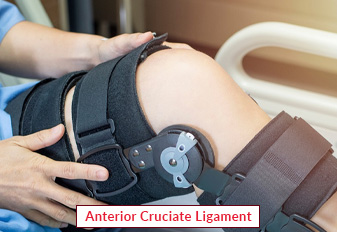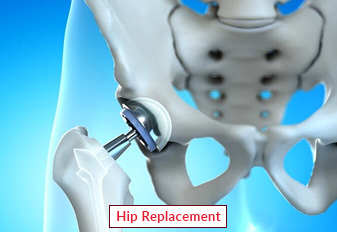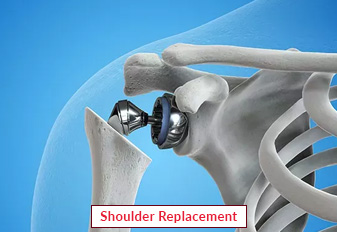Achilles Tendinitis Treatment

Achilles tendinitis treatment surgery can be considered when conservative measures fail to relieve symptoms. To lessen inflammation and restore function, surgical intervention usually entails replacing or repairing injured tissue in the Achilles tendon. Debridement (the removal of injured tissue), tendon repair, and lengthening to release tension are some possible procedures. Minimally invasive procedures are frequently used by surgeons to reduce scarring and encourage quicker healing. Patients go through rehabilitation after surgery to repair the tendon and restore movement. To choose the best course of action, it is crucial to explore the risks, advantages, and anticipated results of operation with a healthcare professional.
Book an AppointmentAbout Achilles Tendinitis Treatment
Symptoms: The Achilles tendon, which travels down from the back part of the lower extremity to the heel, is usually painful and tight when Achilles tendinitis is present. When exercising or first thing in the morning, pain may get worse.
Causes: Overuse or excessive stress on the tendon of the Achilles, which is frequently observed in athletes participating in sports like running or leaping, is the main cause of Achilles tendinitis. Additional reasons that may be involved are biomechanical problems, inappropriate footwear, abrupt increases in activity level, and tense calf muscles.
Treatment: Nonsteroidal anti-inflammatory medicines (NSAIDs) are utilized in conjunction with a combination of ice, compression, elevation, and rest (RICE) to reduce discomfort and inflammation in the initial phases of Achilles tendinitis. Strengthening and stretching techniques for the calf muscles are another way that physical treatment can help reduce symptoms and stop them from coming back. Surgery could be required in extreme situations or when non-invasive treatments are unsuccessful.
Procedure of Achilles Tendinitis Treatment
Diagnosis: A comprehensive examination by a medical practitioner, including a review of medical history and physical assessment, is the first step in treating Achilles tendonitis.
Conservative Measures: In order to minimize discomfort and inflammation, non-surgical methods like rest, modifying one's activities, and applying cold packs are first tried.
Physical treatment: To strengthen and stretch the calf muscles, increase flexibility, and encourage Achilles tendon recovery, a regimented physical therapy program may be suggested.
Orthotics: To give support and address biomechanical problems causing Achilles tendonitis, a doctor may prescribe custom orthotic devices or shoe inserts.
Extracorporeal Shockwave Therapy (ESWT): This noninvasive technique stimulates the injured tendon's recovery while reducing pain.
Platelet-Rich Plasma (PRP) Therapy: In order to hasten the healing process, a concentrated amount of the patient's own platelets are injected into the injured tendon.
Surgical Intervention: To address the underlying problem and restore function, surgical procedures such tendon repair, debridement, or lengthening may be taken into consideration in situations when conservative treatments are ineffective or if the tendon is seriously injured.
Require Assistance?
Get A Quick Callback From Our Healthcare Experts
Other Specilities We Cover

Anterior Cruciate Ligament (ACL)

Hip Replacement




